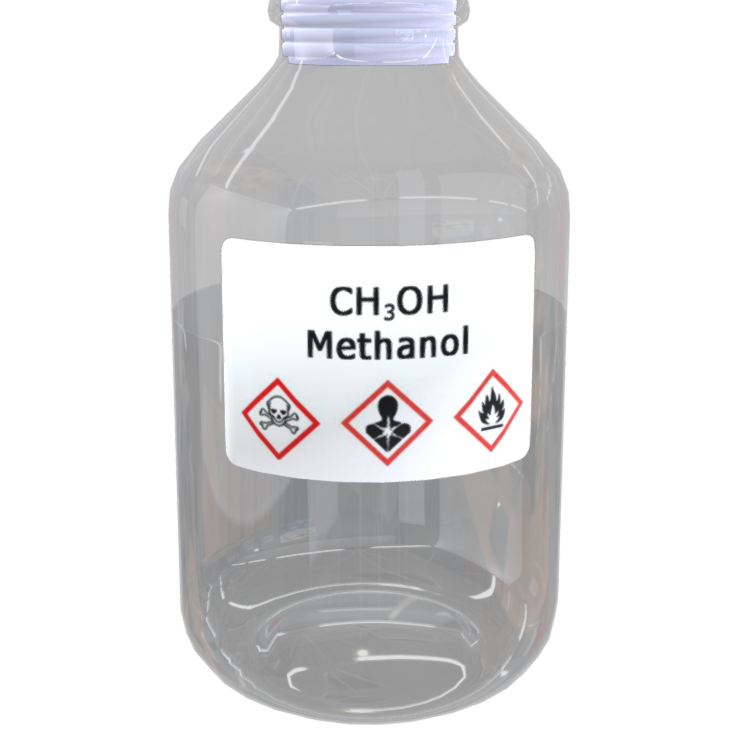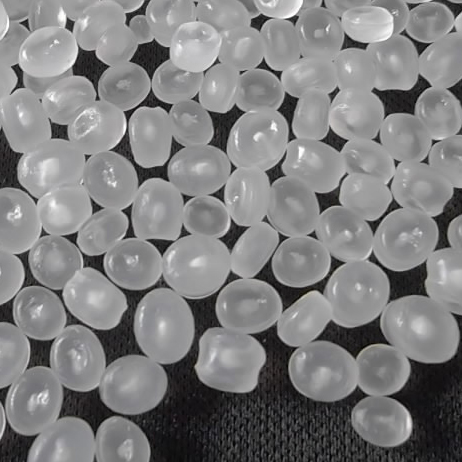Petrochemical

Turquoise
Turquoise is a blue-to-green mineral prized for its vibrant color and has been valued as a gemstone for thousands of years. Here’s an in-depth look at turquoise, its properties, types, uses, and cultural significance: 1. What Is Turquoise? 2. Properties of Turquoise 3. Types of...
More Details
Vaseline, also known as petroleum jelly, is a semi-solid mixture of hydrocarbons, primarily derived from petroleum. It was discovered in the mid-19th century and has since become a household staple due to its versatility and skin-protecting properties. Here’s a detailed look at Vaseline’s origins, uses,...
More Details
Paraffin generally refers to a group of hydrocarbons derived from petroleum and is commonly used in various industries. The term often refers to paraffin wax (solid at room temperature) and liquid paraffin (or mineral oil). Here’s a breakdown of its types and uses: Paraffin is...
More Details
Carbon black
Carbon black is a fine black powder composed of elemental carbon that is produced by the incomplete combustion or thermal decomposition of hydrocarbons, such as natural gas or petroleum products. It is widely used as a reinforcing agent in rubber and a pigment in various...
More Details
Methanol (CH₃OH), also known as methyl alcohol, is a light, volatile, colorless liquid that is the simplest form of alcohol. It has a distinctive, slightly sweet odor and is highly flammable. Methanol is used extensively as a chemical feedstock, solvent, and fuel. Key Properties of...
More Details
Grease is a lubricant that consists of a thickening agent (usually a soap) suspended in oil. It’s primarily used for applications where liquid lubricants, like oil, would not stay in place or provide sufficient protection. Grease is valued for its ability to provide long-lasting lubrication,...
More Details
Polyvinyl Chloride (PVC) gfis a synthetic plastic polymer made from the polymerization of vinyl chloride monomers (C₂H₃Cl). It is one of the most commonly produced plastics in the world, known for its versatility, durability, and cost-effectiveness. PVC comes in two main forms: rigid and flexible,...
More Details
Polypropylene
Polypropylene (PP) is a versatile thermoplastic polymer made from the polymerization of propylene monomers (C₃H₆). It is one of the most widely used plastics globally, known for its durability, chemical resistance, and versatility. Polypropylene is part of the polyolefin family, similar to polyethylene, but with...
More Details
Polystyrene
Polystyrene (PS) is a synthetic polymer made from styrene monomers (C₈H₈). It is a widely used plastic that can come in both a rigid and foam form, making it versatile for many applications. Polystyrene is known for its clarity, rigidity, and insulation properties. Types of...
More Details
Polyethylene
Polyethylene (PE) is a versatile polymer, one of the most widely produced plastics globally. It is composed of long chains of ethylene monomers (CH₂=CH₂), making it part of the polyolefin family. Depending on the polymerization method, different types of polyethylene are produced, each with distinct...
More Details
Liquefied natural gas (LNG)
Liquefied natural gas (LNG) is natural gas (primarily methane, CH₄) that has been cooled down to liquid form for ease of storage or transport. Liquefying natural gas reduces its volume by about 600 times, making it much more efficient to store and ship, especially over...
More Details
Compressed Natural Gas (CNG)
Compressed Natural Gas (CNG) is a form of natural gas (primarily methane) that is compressed to less than 1% of its volume at standard atmospheric pressure, making it a practical fuel for vehicles and other applications. CNG is known for being a cleaner alternative to...
More Details
Liquefied Petroleum Gas (LPG)
Liquefied Petroleum Gas (LPG) is a flammable hydrocarbon gas that is used as fuel for heating, cooking, vehicles, and other applications. It is commonly a mixture of propane and butane, which are gases under normal atmospheric conditions but can be liquefied at moderate pressure. LPG...
More Details
Urea fertilizer
Urea fertilizer is one of the most commonly used nitrogen fertilizers in agriculture. It is a highly concentrated form of nitrogen, containing about 46% nitrogen by weight, which makes it efficient and economical for promoting plant growth. Key Properties of Urea: 1. High Nitrogen Content:...
More Details
Sulfur is a chemical element with the symbol "S" and atomic number "16". It is a non-metal, abundant in the Earth's crust and atmosphere, and is essential for life. Sulfur appears in yellow crystalline form and is insoluble in water. It can also exist in...
More DetailsLoading